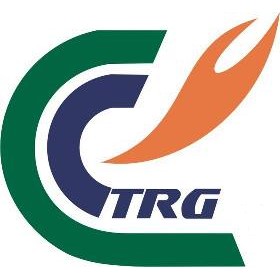【 Name in English 】 Dandelion Extract
【 Extraction source 】 Dandelion extracts were obtained from the dried whole grasses of the Asteraceae plant dandelions, rudimentary dandelions, or several plants of the same genus. Dig was collected when flowers first opened in spring to fall, impurities removed, washed, and sun dried.
【 Efficacy 】 Clearing heat and detoxification, eliminating the carb and dissipating the knot, and diuresis and draining lymph.
【 Nature, taste and meridian tropism 】It tastes bitter, sweet and cold. Return to liver and stomach channels.
【 Contraindication 】 Deficiency cold syndrome and Chinese deficiency hematochezia do not use it, and people with non real fever and Yin glanders are forbidden to take it.
Dandelion is a perennial herb in the composite family. It has a head like inflorescence and a pile of white crown hair on its seeds. After blooming, it floats to a new place with the wind to breed new life. There are many aliases, such as huanghuadiding, huanghualang, etc. there are 70 species and 1 variety in China, which are widely distributed all over the country. Dandelion extract enriches the effective components of dandelion and contains a variety of active substances, among which phenolic acids are rich. In particular, caffeic acid and chlorogenic acid are high in content. They have the functions of broad-spectrum bacteriostasis, cholagogic and liver protection, anti endotoxin, stomach strengthening and immune promotion. They are used to treat acute mastitis, lymphadenitis, urinary tract infection, etc. Dandelion contains a variety of active ingredients of healthy nutrition and rich trace elements such as calcium, iron and selenium, so it has very important nutritional value. The Ministry of health has listed dandelion as a dual-purpose variety for medicine and food, which has great application potential in food, beauty and health care.
Matter Classification
mixsture
Appearance
Brownish yellow powder
Export Formalities
A,B
N,M,R,S,P,Q


